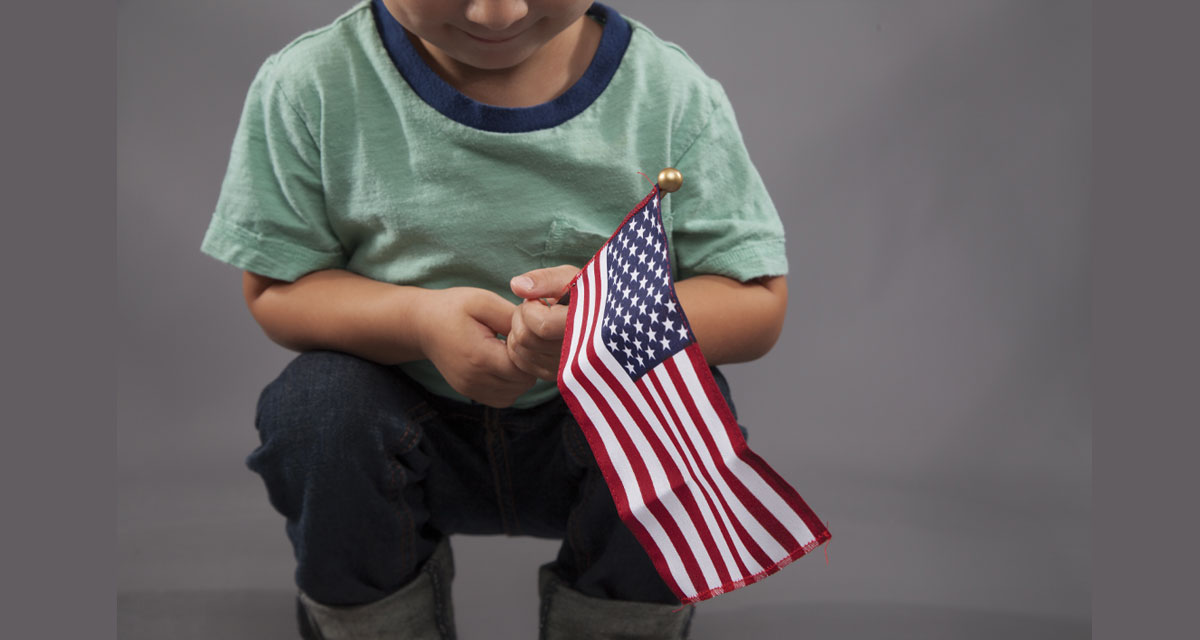Every four years, people over the age of 18 are given the opportunity to vote for our nation’s next president and vice president, their state’s governor, and representatives, along with many other positions. The right to vote is a freedom that some citizens in other countries don’t have, and it is important that children learn about the value of participating in an election. Yet, the first thing is to make sure your child understands what an election is all about and why we are voting. The election and voting process can be a hard concept to grasp, no matter at what age, but with these strategies, introducing your child to the election can be easier than you think.
- Start with the basics of voting and the reasons why we vote. Even young children can understand voting as simply being a way for people to make decisions. Then, give voting examples that are relevant to your child’s life at their age. For example, have a vote in your family about what movie to watch or talk about what voting activities they have seen in school, such as choosing an activity or class president. The more relevant you can make it to your child, the better they will grasp the bigger picture of voting for our nation’s president.
- As a teacher, one of the key skills I try to instill in my students is the ability to disagree respectfully. We all have our own opinions, and that is okay. What is not okay, is to argue and put someone down because they don’t share your opinion. The election season is a great time to teach and reinforce respectful listening skills and how to be considerate toward others. Again, bring this process home and try out a scenario of what disagreeing respectfully does and doesn’t look like. Also, take some time to discuss how you handle disagreements in your home and school. Lastly, talk about how adults can lose their tempers, but it is then important to apologize and learn how to manage their feelings by calming down.
- Help your child get excited about the election and the opportunity to vote. Take them to the polling station and let them watch you cast your vote (remember to practice COVID precautions first). If you are voting by mail, sit down with your child and show them your ballot. Discuss the roles of each person on the ballot. When a child sees an adult take an active interest in the election, they are more likely to participate when they get older.
- Share your beliefs and help kids form their own opinions. First, explain to them how the government works and why we elected our leaders. Then, discuss the value of each leader’s role in our country, how candidates are chosen, the debates, and the political parties. Lastly, go through the different areas of a society that people vote on, such as healthcare, and the different beliefs people can have on them. Take into account your child’s age when having these conversations. Some content and concepts younger children may not be able to fully grasp.
- Reassure them that voting in the election is valuable even with all of the negativity surrounding the election. The media is always publishing hard-to-understand and problematic stories during this time period. Help your child focus on what they need to know and areas they can help with.
The election process and voting can be confusing to understand, no matter how old you are. Having efficient and effective discussion about the election with your child can be very helpful. Just make your conversations relevant and age-appropriate. Don’t worry if your child doesn’t understand or fully comprehend. There will be plenty of time as they grow to understand more about the election process.



















